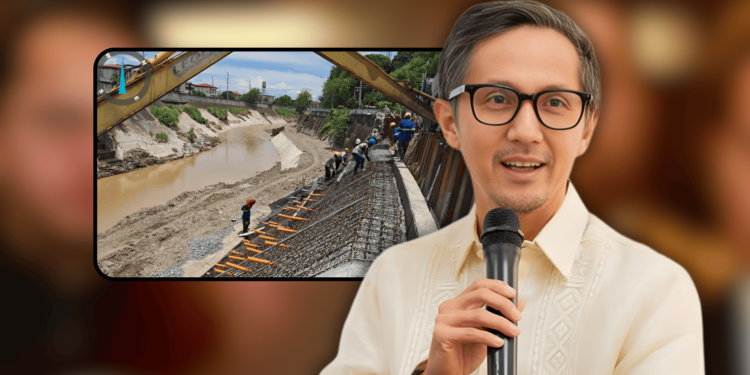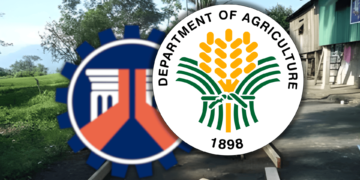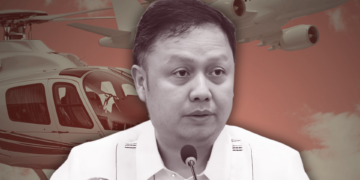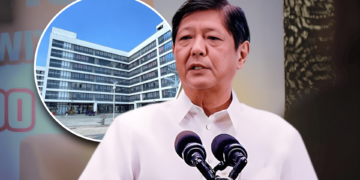Department of Public Works and Highways Secretary Vince Dizon has formed a technical working group (TWG) to review all flood control projects before they receive funding or implementation approval starting in 2027. The move aims to ensure that future projects are backed by proper engineering plans and scientific assessments, following years of questionable and inefficient flood control efforts.
The panel includes Department of Environment and Natural Resources Undersecretary Carlos Primo David, who also heads the Water Resources Management Office, flood control systems expert Guillermo Tabios III, and Project NOAH Executive Director Mahar Lagmay. The group will vet proposals for technical soundness, environmental impact, and long-term effectiveness before any budget allocation is made.
“I’m asking this group to vet the plans. Walang papasok, under my watch, na (locally-funded) flood control project na hindi sasabihin ng group of experts na ‘to na, tama yan, okay yan, dapat gawin yan,” said Dizon.
The initiative follows President Bongbong Marcos’s order to suspend all locally funded flood control projects for 2026, citing corruption and inefficiency within the Department of Public Works and Highways. Dizon said many projects were poorly planned and created merely “para pagkakitaan ng pera.”
For 2027, Dizon said the TWG will help the DPWH prepare its next budget with a more evidence-based framework. “They will come up with an initial plan. Kasi right now we are still awaiting the 18 Major River System Master Plan that will be done by our international partner agencies like the World Bank, ADB, and JICA. Next year yan lalabas, pero too late na yun kasi kailangan na nating magplano para sa 2027 budget starting now,” he said.
Lagmay said adopting a science-based approach would make DPWH’s flood control programs more effective, cost-efficient, and holistic. “Ang mga baha naman, hindi naman yan tumitigil sa administrative boundary ng munisipyo o city. So dapat yung assessment natin, pag-aaral natin coming from the mountains to the sea… Coordinated lahat—national pati local government units,” he explained.
The group is also expected to identify flood control structures that may have worsened flooding instead of preventing it. Engineer Tabios cited examples in Metro Manila where coastal road projects disrupted drainage systems. “By creating those coastal roadways, tapos hindi adequate yung drainage coming from inland, you create flooding inland. Hindi makalabas sa sea. That’s what happens if you don’t properly vet, evaluate the performance of whatever infrastructure na gagawin mo,” he said.
Dizon said the TWG’s creation is meant to end the cycle of wasteful, politically motivated flood control projects and move toward a data-driven approach to infrastructure development.
The announcement comes amid a string of controversies over alleged anomalies in flood control spending across the Philippines. Several lawmakers and local officials have been accused of funneling billions of pesos into “ghost” or overpriced projects under the guise of flood mitigation, raising concerns about systemic corruption within the DPWH. Investigations by the Commission on Audit and the Office of the Ombudsman have highlighted the lack of transparency and weak oversight in infrastructure funding—issues Dizon said the new technical panel aims to confront head-on.












